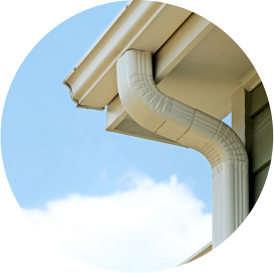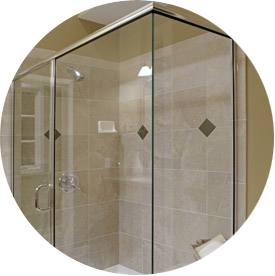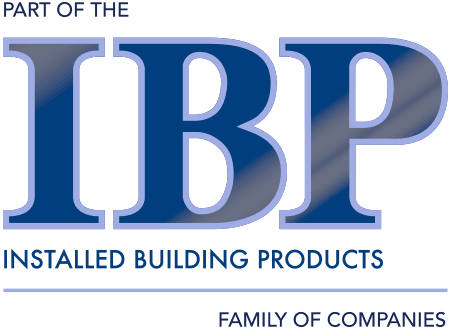Do you need to install more insulation in your attic? If so, you’re probably trying to decide what the best attic insulation is! While your best bet is talking to an insulation company, it’s helpful to have a little background information about insulation for attics before you start.
When it comes to insulation for attics, there are a couple different options. Also keep in mind that your attic should ideally have two different types of insulation: radiant barrier and blown-in.
Keep reading to learn more, and contact us today if you’re ready to begin your project!
R-Value & Your Insulation Solutions
Before we address the different insulation options available, you must first understand the R-value as it relates to your insulation selection. R-value describes the insulating material’s resistance to thermal transfer: The higher the number, the better the material is at insulating your home. Homeowners can find the recommended R-value for your home’s location from the Department of Energy. Generally speaking, however, homeowners will typically need insulation material that has an R-value between R-30 and R-49 in order for it to be effective enough for their attic.
Radiant barrier: Because it works differently than other insulation, radiant barrier doesn’t have an R-value on its own. It blocks the transfer of radiant heat and is an excellent complement to other types of insulation.
Blown-in: The R-value of this type of insulation increases with density. Typically, it ranges from R-2.2. to R-4.2 per inch.
Best Attic Insulation: Radiant Barrier
Installed right under the roof, radiant barrier insulation isn’t meant for soundproofing or keeping warm air from leaking up into the attic and out of the house. It works differently than other types of insulation. One of the best types of insulation for attics, radiant barrier is foil insulation that is installed to keep your home cooler and more comfortable. It does this by helping the roof reflect, rather than absorb, heat from the sun. In fact, a home with properly installed radiant barrier is approximately 10 degrees cooler than a home with no attic insulation!
Radiant barrier attic insulation helps:
- Lower your energy bills
- Make your home a lot cooler and more comfortable
- Improve the performance of your AC
Best Attic Insulation: Blown-In
You have two different options for your blown-in attic insulation: cellulose and fiberglass.
Cellulose: Loose-fill cellulose is installed in attics, in the walls, hatch, access doors, etc. It ensures that no heat escapes from your home in the winter and no heat leaks in during the warmer months. Cellulose insulation also offers superior soundproofing abilities.
Fiberglass: Fiberglass blown-in blanket systems are typically used for attics, and they offer the same benefits blown-in cellulose does. Installed in walls, floors, access doors and more, fiberglass attic insulation retains heat in the winter, keeps heat out in the summer and helps keep your home more energy-efficient. Tidewater Insulators installs fiberglass insulation products from Knauf EcoBatt, which is very sustainable due to its high recycled and renewable organic content.
Blown-in attic insulation, whether cellulose or fiberglass, can:
- Help you cut down on your energy costs
- Make your home more comfortable year-round
- Reduce noises outside and between different levels and rooms inside your house
- Improve the overall efficiency of your air conditioner
- Help protect against water infiltration and moisture issues
You need both radiant barrier and blown-in insulation in your attic—there is no single best attic insulation. A combination of the two is the best way to insulate attics!
Learn more about attic insulation, and if you need insulation contractors in southeastern Virginia, contact Tidewater Insulators today.






